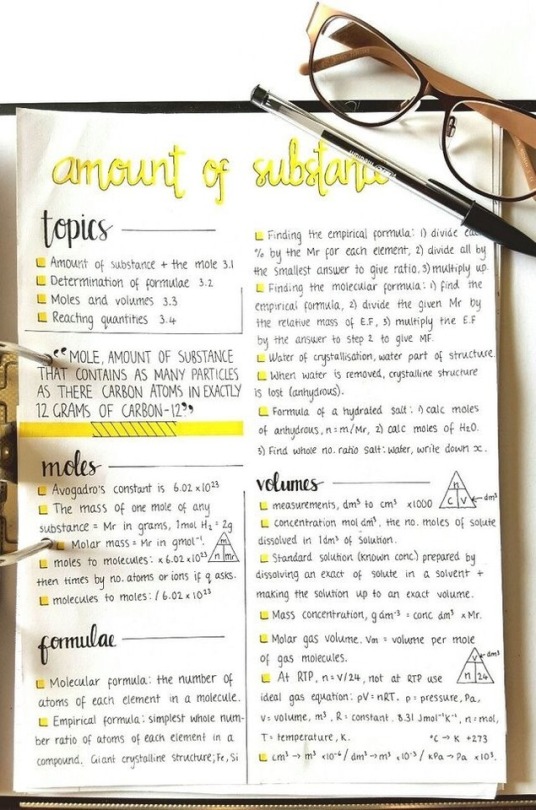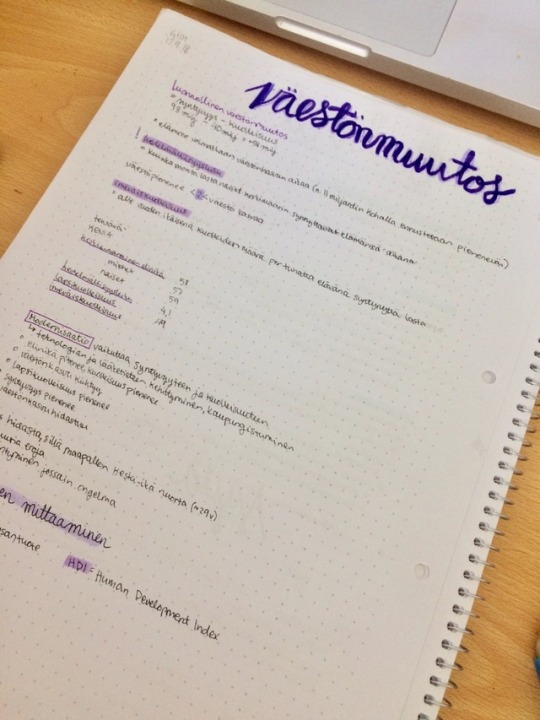Text


#school#school notes#high school#zebra mildliner#muji pens#studyspo#studyblr#studying#lukio#aikuislukio#psychology#oma
7 notes
·
View notes
Text

[190506] some notes for a reading quiz i have today!! wish me luck!! the ap exam is in two weeks and i am Not Ready so i’m just listening to hozier over and over. what songs calm you down??
21 notes
·
View notes
Text
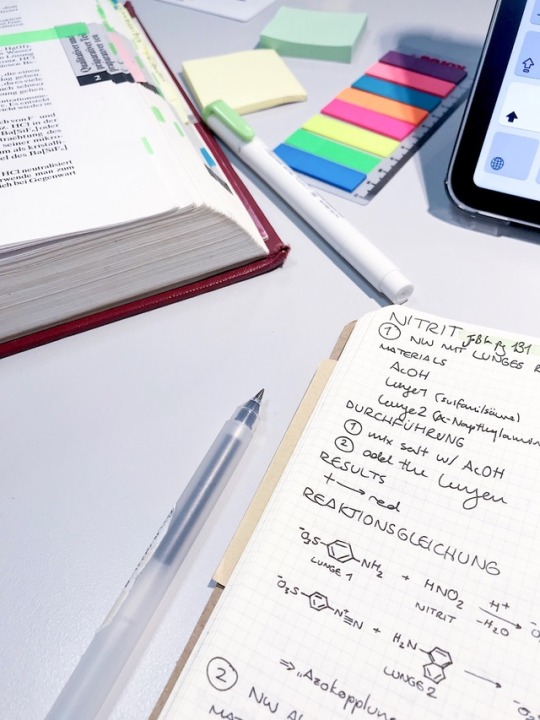

5.5.19 // 27 / 100 days of productivity
back in the bib, baby
I’m actually feeling quite prepared for the practical tomorrow?? We’ll see how that turns out lol
403 notes
·
View notes
Text

2 notes
·
View notes
Text
Vinkkejä Abitti-kokeisiin
Abitti-kokeet osaa olla perseestä mut tässä on muutama vinkki, joiden avulla ne voi olla sitä vähän vähemmän:
Varmista, että osaat bootata koneesi ja otat kokeeseen kaiken tarvittavan (laturi, kuulokkeet jne.)
Tää on sellanen minkä joutuu yleensä oppimaan kantapään kautta, mut MUISTA TALLENTAA! Jos kirjotat esim. esseetä johonki muualle kuin siihen vastausruutuun, niin mikään ei oo kamalampaa, kuin se et oot tunnin vääntäny sitä ja sitten konees lakkaa toimimasta ja kaikki tallentamaton häviää.
Abitti syö paljon akkua, joten lataa koneesi ennen koetta ja ota laturi mukaan kokeeseen.
Opettele käyttämään niitä ohjelmia, joita tarvitset kokeessa. Ei oo kiva, jos menetät pisteitä sen takia ettet osaa esim. tehdä kuvaajaa. Meillä opettajat ainaki ykkösellä neuvo ohjelmien käytössä kokeen aikanaki. On kuitenki helpompaa jos osaa valmiiksi. Netistä löytyy hurja määrä eri ohjelmien käyttöön liittyviä ohjeita ja kannattaa toki kysyy opettajilta tai kavereilta apua ennen sitä koetta.
Abitista löytyy melkein kaikki maolin kaavat, jotka voi kopioida vastauskentän kaavaeditoriin, jolloin ei tarvi ite kirjottaa niitä. Esim. toisen asteen yhtälön ratkaisukaavan voi kopioida ja sijottaa siihen sit omat luvut. Tää ainakin mulla on vähentänyt huolimattomuusvirheitä.
Jos teillä on omat tikut, niin muista päivittää uusin versio ennen koetta.
Muista palauttaa koe ja laittaa sähköpostiosoittees ennen kuin sammutat koneesi.
Nää tuli nyt nopeasti mieleen, mutta tähän saa lisäillä, jos teillä on jotain vinkkejä. Multa saa totta kai kysyä, jos on jotain abittiin, kokeisiin, koeviikkoon tai mihin tahansa liittyvää kysyttävää.
Nopeasti googlaamalla löyty kans nämä sivut, joissa on enemmän tietoa siitä, miten esim kuvankaappaukset liitetään vastaukseen tai miten kaavaeditoria käytetään:
227 notes
·
View notes
Photo

1/100 days of productivity
(nearly) finished assignment for social studies (economics)
turned in 3 geology assignments
studied some economic terms on quizlet
got > 800 xp on duolingo
3 notes
·
View notes
Photo

37/100 days of productivity
Still tracking #adelinestudiess, just tracking it once a week so feel free to tag your posts under the hashtag for me to check out your posts! :)
2K notes
·
View notes
Text



08.12.18 // setting up my bujo for next semester (& spent 15 minutes trying to decide on a color coding system for classes shhhh), i have everything but my work schedule and i’m so excitedddd :’)
! click for better quality !
🎶 she’s my collar by gorillaz 🎶
49 notes
·
View notes
Photo

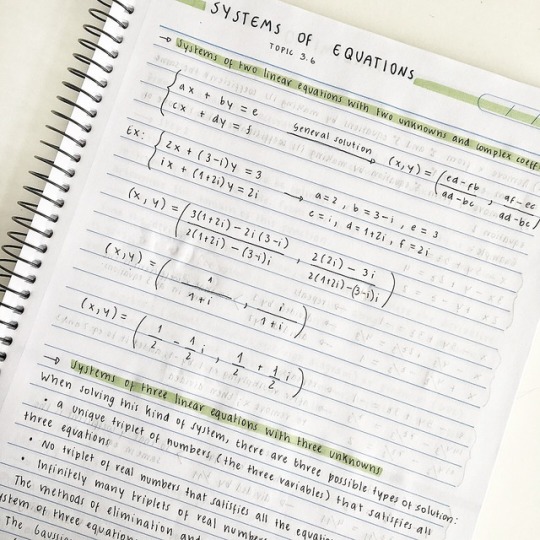
more maths notes i did in order to revise for my exam 💭✨ it was yesterday but i’m still anxious over it…
studygram
1K notes
·
View notes
Text

Taking textbook notes is a chore. It’s tedious and boring and sometimes challenging, but hopefully these tips will help you improve your skill and shorten the time it takes you to do textbook notes!
Give yourself time: Realistically, you can’t knock out 30 pages of notes in 20 minutes. Take your time with textbook notes so they’re a good studying tool in the future. The general rule is to take how many pages you have to do and multiply it by 5: that’s how many minutes it’ll take you to do the notes.
Also, divide you notes up into manageable chunks to increase your productivity. I am personally a huge fan of using pomodoro timers, and I adjust the intervals for however long I need to.
Skim before you start taking notes: If time is an issue, don’t read your 40 page in depth before even picking up a pen, but make sure you know what you’re reading about by skimming a bit ahead of your notes. Read over section titles, and look at charts, maps, or graphs. Writing and highlighting as you read the chapter for the first time isn’t effective because you don’t know if a sentence will be important or not, so make sure you’re reading a paragraph or section in advance before writing.
Use the format they give you in the book to help take your notes: In a lot of textbooks, there will be a mini outline before the chapter itself that shows all the headings and subheadings. Those will be your guidelines! I find this super helpful because long chapters can be daunting to go into without any structure. If you don’t have one of those, use the headings and subheadings provided for you. If you haven’t already been doing this, it will help you so much.
Read actively: It’s so easy to “read” a textbook without digesting any information, but that is the last thing you want to do. Not only does it make taking notes a million times harder, but you’ll be lost in class discussions because you didn’t understand the reading. To keep from passively reading, highlight, underline, star any important information in the book itself.
Have a color coding system for highlighting or underlining and write down a key somewhere (here’s a few that you can adjust for your needs: x,x)
Use sticky notes or tabs to mark any questions or important points to come back to
Summarize important information and paraphrase: When taking the actual notes, don’t copy down full sentences word for word. Not only does writing full sentences waste a lot of time, it’s not an effective way to learn. If you can paraphrase the information, then you understand it. It’s also easier to study notes which are in your own words instead of textbook academia writing.
Be selective: You shouldn’t be writing down every fact that comes up in your textbook. If a fact ties into the bigger topic and provides evidence, then it’s probably something to keep, but you don’t need every piece of supplemental information (but do make sure you always write down the vocab). Learn your teacher’s testing style to help you decide what to write down. Could this be on the quiz/test? If the answer is yes, make sure you write it down.
Learn to abbreviate: Just like writing full sentences, writing out full words will waste time. Implement some shortenings (make sure to use ones that you’ll understand later!) into your notes. Some common ones are: b/c=because, gov=government, w/o=without, and here’s a great list of a ton of examples of abbreviations and shortenings.
Answer margin and review questions: A lot of textbooks have margin questions on every page or so that sum up what’s really important about that information. Make sure not to skip them because they’re really helpful for understanding. Write them down and answer them clearly in your notes. Most textbooks also have review questions after the chapter that check for reading comprehension, so make sure to answer those because they’ll show you if you really understood the chapter.
Don’t skip over visual sources: Maps, diagrams, illustrations, charts, and any other visuals in textbooks are so helpful. If you’re a visual learner, these things will be so essential to you and how you understand what you’re reading. Charts, tables, and diagrams sometimes also summarize information, so if you’re a visual learner it might benefit you to copy those down instead of writing it out.
Add visuals if it’ll help you: As said above, copying down charts, tables, illustrations, or diagrams can be super helpful for visual learners. They’re clear and concise, so pay attention to them.
Write your notes in a way that’s effective and makes sense to you: Mindmaps, Cornell notes, or plain outline notes are all really good forms of notetaking. Find which one works best for you to understand them and which one is most effective for your class, and use it (stuff on mindmaps and cornell notes).
Combine your class and textbook notes: If you rewrite your class notes, add in information you think is relevant from your textbook notes. Mark anything both your book and teacher said were important–you don’t want to forget any of that. If you don’t rewrite class notes, then put stars next to anything repeated.
18K notes
·
View notes
Photo


1/100 days of productivity
today I
organized my desk
finished 4 school assignment
cleaned the kitchen countertop
#100 days of productivity#studying#studyblr#desk#macbook#macbook pro#iphone#iphone 5s#macbook pro early 2011#school#muji#pens#organizing#muji pens#maica#pilot maica#oma
8 notes
·
View notes
Photo
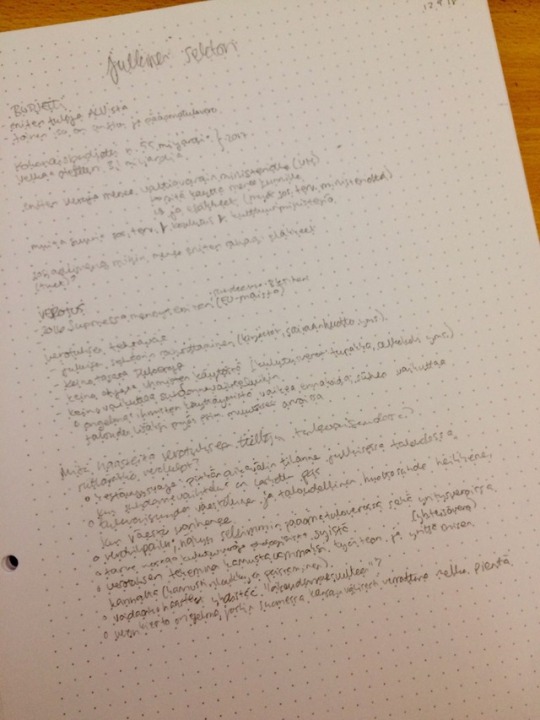

before & after
#studying#study#zebra mildliner#tombow#Muji#studyblr#studyspo#Finnish#high school#notes#school notes#oma
0 notes
Photo

day 1/100 of productivity new studyblr, new 100 days!
75 notes
·
View notes
Text

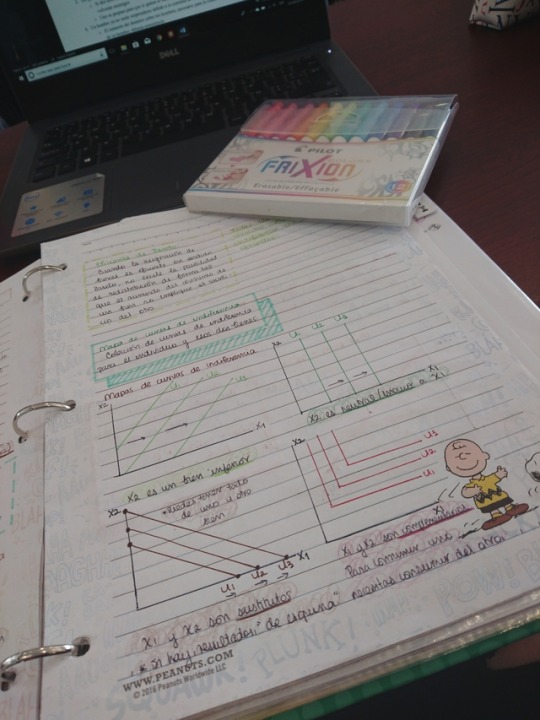
[10.09.2018]
Here are some of my notes on microeconomics!
I hope you have a great week! :)
1 note
·
View note
